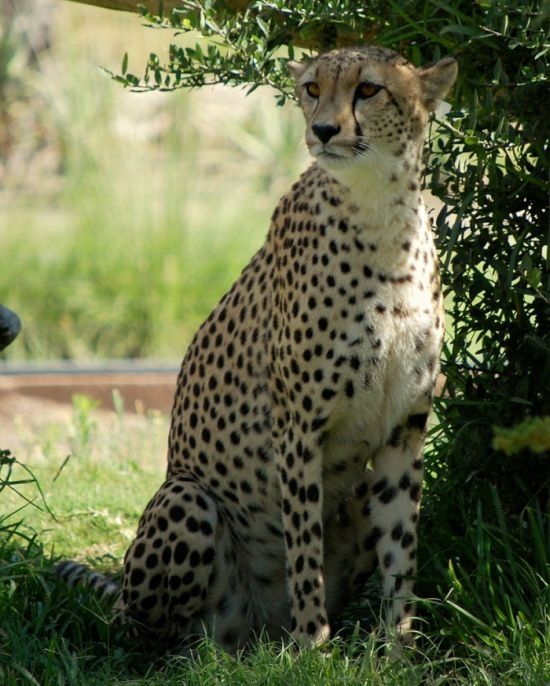|
|
Big Cat
|
The ability to roar comes from an elongated and specially adapted larynx and hyoid apparatus. (However, the snow leopard cannot roar, despite having hyoid morphology similar to roaring cats.) When air passes through the larynx on the way from the lungs, the cartilage walls of the larynx vibrate, producing sound. The lion's larynx is longest, giving it the most robust roar.
The principal threats to big cats varies upon geographical location, but primarily are habitat destruction and poaching. In Africa many big cats are persecuted by pastoralists or government 'problem animal control' officers. Certain protected areas exist that shelter large and exceptionally visible populations of lions, hyaenas, leopards and cheetahs, such as Botswana’s Chobe, Kenya’s Masai Mara and Tanzania’s Serengeti. It is rather outside these conservation areas where persecution poses the dominant threat to large carnivores.
|
|









